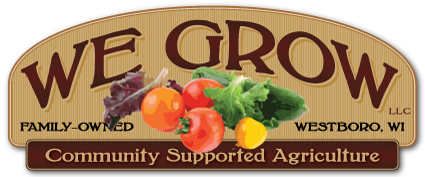
Who Pays For Cheap Food
Every year about this time, we come forth with that story about the farmers market shopper who surprises us. This year it was an individual who commented that our peppers cost more than WalMart’s. Our quick response was to note the fact that you can’t talk with the WalMart farmer and ask how that pepper was grown or even know where it came from. And that your money isn’t supporting a local family. Not to mention, the flavor isn’t even comparable because that pepper probably traveled a very long distance. It was noted that we would gladly pay this amount if she herself had grown the pepper and we were standing on her side of market stand.
Sweet Corn
Green Pepper
Lettuce
Superior Potatoes
Carrots
Green Beans
Zucchini
Cucumbers
Garlic Bulb
Onions
Mixed Tomatoes
Cabbage (larges)
What is it that makes us dole out large amounts for processed foods, prescriptions drugs, and fad diets, but when it comes to buying real, whole food the indifferent person shuts their wallet? In 2020, U.S. consumers spent an average of 8.6 percent of their disposable personal income on food.
Pre-pandemic figures put 14 cents of every dollar spent on food in the farmers pocket. According to USDA, over half of all food dollars are spent at restaurants, cafes and other food service places. Compared to grocery store purchases, farmers receive an even smaller share of away-from-home food dollars, roughly 2.4 cents, because of added, prep, service and marketing.
Where shoppers were once content to husk their own corn and slice their own apples, they now buy those foods pre-husked, pre-sliced and otherwise processed. Over the past 50 years, the shift from cooking meals at home, to eating away from home has shifted the food dollar and farmers profit very little compared to just a few generations ago. Interestingly, this trend has not taken hold in European nations and less “developed” countries.
Looking ahead 20 years, where does this put farmers? We do not feel like our farm is a victim of processed food. We have worked hard to find a strong customer base that understands local food, but it is a tiny percentage of our population. How do we create space for more young farmers? How do we get more people to buy whole food, direct from farms? How do we get that notion out of our heads that cheaper is better.
Feeling less offended with age,
![]()
